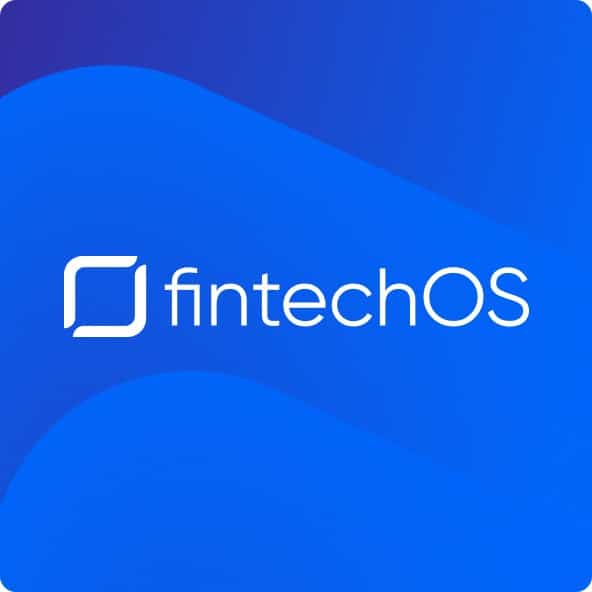
By Kyla Reed - May 21, 2025
Closing the UK SME Gap: Tech-Driven Solutions for the “Missing Middle”
Discover how open banking, AI-powered automation and API-first banks are closing the “missing middle” in UK SME lending—slashing funding times
Blog
Communications about FintechOS
Resource Center
Get insights from the latest customer case studies, whitepapers, webinars, and more
Customer Case Studies
Learn what our global customers are saying about the value of FintechOS
Platform Documentation
Comprehensive documentation for the FintechOS platform including release notes, APIs, and SDKs
Blog
Communications about FintechOS
Resource Center
Get insights from the latest customer case studies, whitepapers, webinars, and more
Customer Case Studies
Learn what our global customers are saying about the value of FintechOS
Platform Documentation
Comprehensive documentation for the FintechOS platform including release notes, APIs, and SDKs
If you’re here to learn more about what a fintech enablement platform is and how it will benefit your business, you’re probably struggling with outdated legacy technology or finding it difficult to keep up with competitors in the race to meet customers’ rising expectations, especially when it comes to their digital experiences. If that’s the case, you’re not alone. Research performed by the Aite-Novarcia Group indicates that 70% of millennial-run SMBs currently partner with a nonbank fintech company for some form of financial service capability.
Discover why fintech enablement is the solution you’ve been searching for to accelerate your modernization efforts.
Empowering companies to utilize new technologies and tools on their own, fintech enablement improves operating and decision-making processes so businesses can offer their customers additional or more efficient products and services. Because only 30% of core-banking-system transformations are successful, according to McKinsey Digital, fintech enablement is already disrupting traditional digital transformation methods. This is due to its speed, accessibility, affordability, and ease of integration, regardless of the size or specialty of the business embracing it.
A fintech enablement platform is a high-productivity technology infrastructure that acts as the operating system for digital financial products and is designed to enable rapid innovation and reduce complexity. Using prebuilt and modifiable components such as product definitions, data models, customer journeys, SaaS ecosystem connectors, and maker tools, fintech enablement platforms integrate new solutions with existing legacy tech. With up to 90% of business being held back by legacy technology and an average of 60-80% of IT budgets allocated to keeping them running, it’s time for some change.
Having access to customizable components that can be quickly deployed in a more agile and responsible method than most traditional development cycles accelerates the launch, servicing, and expansion of financial products from the start. Here are five key components of a fintech enablement platform:
In product areas such as lending, savings, insurance, mortgages, payments, and embedded finance, having well-defined product definitions is an essential prerequisite when it comes to introducing new services to your customers. Fintech enablement platforms come with preset definitions that allow you to skip lengthy approval processes and offer services faster.
Removing existing data sources can be time consuming, expensive, and downright risky. One of the main perks that come with fintech enablement platforms is the ability to incorporate new data models on top of existing data sources, such as legacy core and open banking. This is essential for a seamless integration of new technology now and in the future.
Today, there is a high demand for personalized products and services from customers across industries and companies that grow faster drive 40% more of their revenue from personalization than their slower-growing counterparts.
Fintech enablement platforms can create customer journeys that make use of embedded automation and streamline both workflows and the customer experience. This allows businesses to gather valuable insights about their users’ behavior and provide them with the unique experience they are looking for.
Orchestrating SaaS ecosystems connectors into customer journeys brings external innovation into the mix for your business and allows you to take advantage of the latest software in a timely and cost-effective manner.
Self-use, easy to learn tools allow nontechnical staff to create, service, and update solutions using low-code or no-code. This fintech enablement platform feature can reduce the turnround time and cut down on costs for simple changes or customizations you wish to make within your digital product.
FintechOS’s mission is to make fintech innovation available for every company, to simplify and accelerate the launch of innovative financial products and transform the digital customer experience. We fuel the modernization of legacy systems and launch differentiated digital business models by breaking data free from the core and connecting any ecosystem technologies with legacy tech that companies want to keep.
If you’re interested in learning more about the benefits of using a fintech enablement platform to scale innovation at your company, download our free report here.

FintechOS is the global leader in fintech enablement, on a mission to make fintech innovation available to every company. As the world grows increasingly complex, FintechOS strives to simplify and accelerate financial technology so anyone can build, launch, service, and expand new products in weeks, not months or years. The FintechOS platform empowers banks, credit unions, and insurers of any size to grow revenue, lower operating costs, and achieve a faster time to value without dependency on core infrastructure and costly tech talent. Headquartered in New York and London, FintechOS has partnered with some of the world’s best brands, including Groupe Société Générale, Admiral Group, Oney, eMag, Deloitte, EY, and PWC.